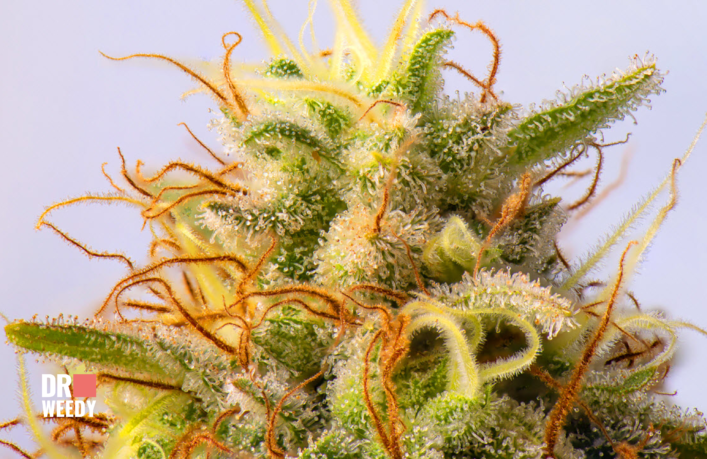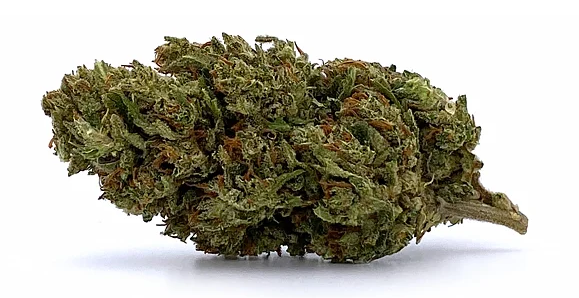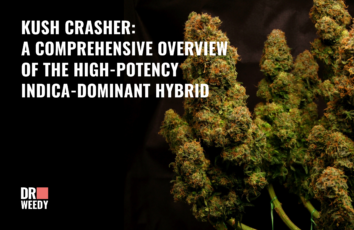Orange Hairs on Weed: The Ultimate Guide to Understanding Cannabis Pistils
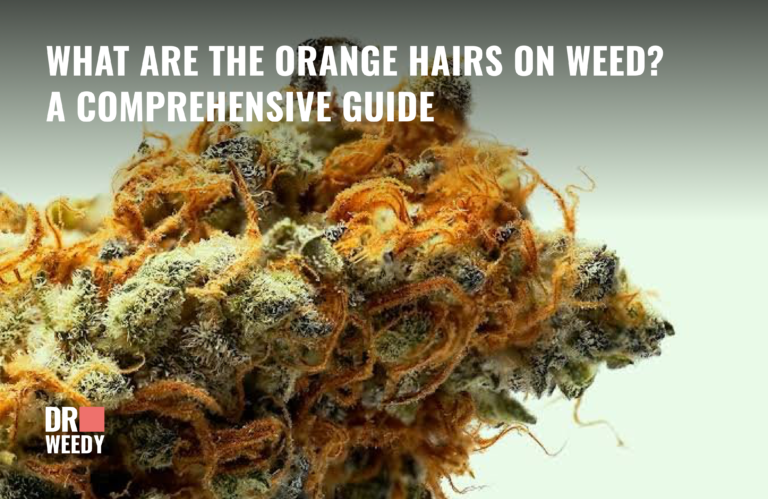
Cannabis is a complex and fascinating plant, with many traits that have captivated consumers and scientists alike. One of the most iconic and misunderstood features is the vibrant orange hairs that adorn many strains. I’ve seen countless misconceptions about these hairs, technically known as pistils or stigmas. In this article, we’ll dive deep into the biology and significance of cannabis pistils, separating myth from fact to help you appreciate these alluring fibers in a whole new light.
The Anatomy and Function of Cannabis Pistils
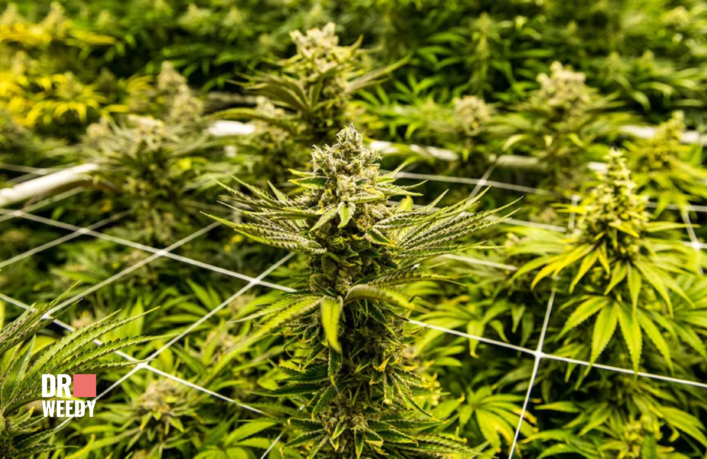
To fully grasp the nature of orange hairs, we must first understand the anatomy of the cannabis plant itself. Pistils are vital components of the female reproductive system, emerging from the calyx which cradles the ovule at the base of each flower. The primary functions of pistils include:
- Collecting pollen: Pistils act as a net to catch male reproductive material from the air and guide it to the ovule for fertilization.
- Indicating maturity: As the plant ripens, pistils shift from white to yellow, orange, red, brown, and sometimes purple or pink hues.
- Signaling genetics: The appearance of pistils can offer clues about a strain’s genetic lineage and unique traits.
When a female plant is pollinated by a male, the ovule transforms into a seed, ensuring the continuation of the genetic line. However, in the absence of pollination, the flower redirects its energy into producing large, resin-coated buds brimming with cannabinoids and terpenes.
It’s crucial to note that pistils themselves contain negligible amounts of the active compounds that give cannabis its effects. The true powerhouses are the trichomes – those crystalline, mushroom-shaped glands that blanket the buds and surrounding leaves, producing and storing THC, CBD, terpenes, and other desirable compounds.
Debunking the Myths About Orange Hairs on Weed
Myth #1: Orange Hairs Indicate Potency
One of the most persistent myths in cannabis culture is the idea that the abundance or vividness of orange hairs directly correlates with the potency of the bud. This belief has led countless consumers and even some budtenders to favor “hairy” flowers over frosty ones, chasing the illusion of a stronger high. But the truth is far more nuanced.
While some legendary strains like Super Lemon Haze are celebrated for their lush orange manes, and many high-THC cultivars do boast fiery pistils, there is no universal law linking pistil appearance to cannabinoid levels. The key determinant of potency is the density and maturity of trichomes, not the showy locks that steal the spotlight.
Myth #2: Sativa vs. Indica Pistils
Another common misconception is that sativa-dominant strains always have more abundant or vibrant pistils compared to their indica counterparts. The reality is that pistil traits vary widely among the thousands of cultivars within each family, as well as their hybrid offspring.
While some classic sativas like Neville’s Haze and Malawi Gold are known for their explosive orange hairstyles, there are also plenty of indica and hybrid strains like MAC and Orange Bud that flaunt fiery stigmas. Conversely, some sativas have relatively modest pistil counts, while certain indicas are generously endowed.
The sativa-pistil correlation likely arose from cherry-picked examples and confirmation bias. With such vast diversity in the cannabis gene pool, it’s misguided to pigeonhole a secondary sex trait like pistil appearance based on broad morphological categories.
Exotic Pistil Colors: A Spectrum of Wonder
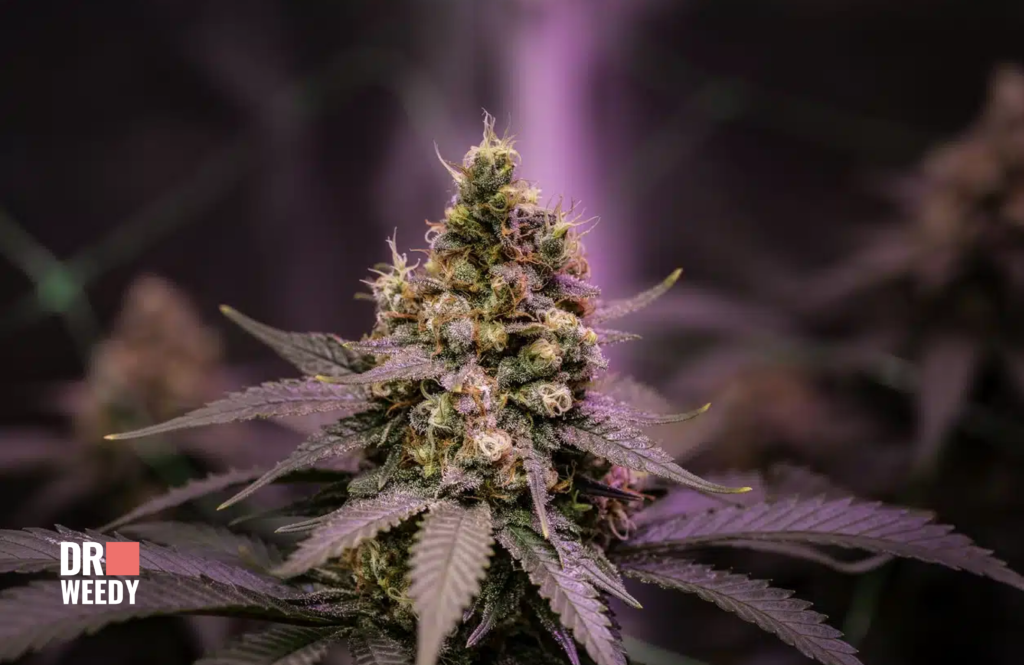
In recent years, breeders have pushed the boundaries of pistil pigmentation, developing strains that consistently display striking pink, red, and purple stigmas. These exotic hues are not only visually arresting but also highly coveted by collectors and connoisseurs.
Some notable examples of colorful pistil strains include:
- Pink Flower Shaman
- Zuchi Express
- Fuschia
- Purple Haze #1
- Siobhan
While these rare pistil presentations are undeniably beautiful, it’s essential to recognize that they do not inherently enhance potency, flavor, aroma, or effects. Think of them as the cannabis equivalent of a daring hair dye – a captivating aesthetic choice that doesn’t alter the essence of the individual.
The Trichome Connection
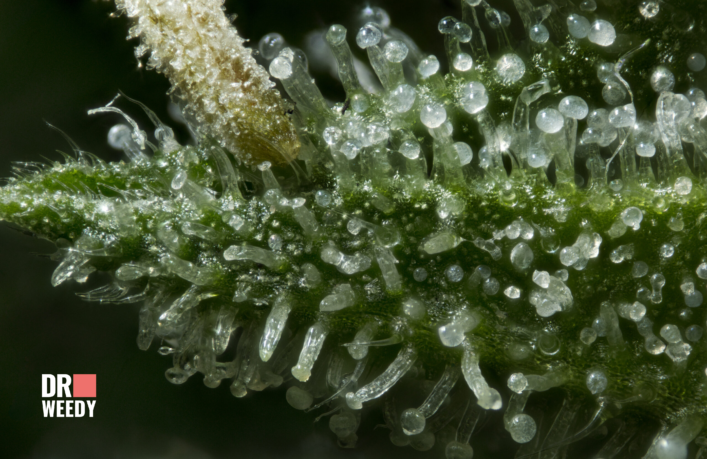
So, if orange hairs aren’t the key to potency, what should discerning consumers look for? The answer lies in the trichomes – those glistening, resin-packed glands that coat the buds and adjacent leaves. Trichomes are classified into three main types:
|
Trichome Type |
Description |
Visibility |
|---|---|---|
|
Bulbous |
Smallest, found on surface of entire plant |
Microscopic |
|
Capitate |
Larger, more abundant on flowers and leaves near buds |
Microscopic |
|
Capitate-Stalked |
Largest, most abundant on buds, resemble mushrooms with swollen heads |
Visible to naked eye as “frost” |
As trichomes mature, they swell with a treasure trove of cannabinoids, terpenes, and other desirable compounds. A high trichome density, especially of the capitate-stalked variety, is a much more reliable indicator of potency potential than any pistil trait.
To assess trichomes, look for a thick, dewy coating of crystals on the buds and surrounding foliage. Under magnification, ripe trichomes will have an opaque, milky appearance, sometimes tinged with amber. Steer clear of buds with sparse trichome coverage or those sporting immature, translucent heads.
Conclusion
The glowing orange hairs on a ripe cannabis bud are a captivating sight, but their significance is often draped in misconception. Far from being a potency indicator, pistils are simply a reproductive structure that collects pollen and can act as a strain fingerprint. The real magic happens in the trichomes – those sticky, secretive glands that manufacture the plant’s most desirable compounds.
My goal with this article is not to deflate the wonder of pistils, but to empower you with knowledge to inform your cannabis experience. By understanding the biological purpose of those sunset-hued hairs, you can shop for flower with a connoisseur’s eye, focusing on bud structure, trichome density and lab-verified chemical profiles rather than surface flash.
Whether your bag contains an electrifying sativa crowned in orange velvet, a subdued indica in an amber halo or a kaleidoscopic hybrid dripping with violet fuzz, what counts is the quality of the journey those buds take you on. With a realistic view of pistils, you’re better equipped to find the strains that ignite your endocannabinoid system and leave you radiating satisfaction long after the glow of those pretty hairs fades.
























